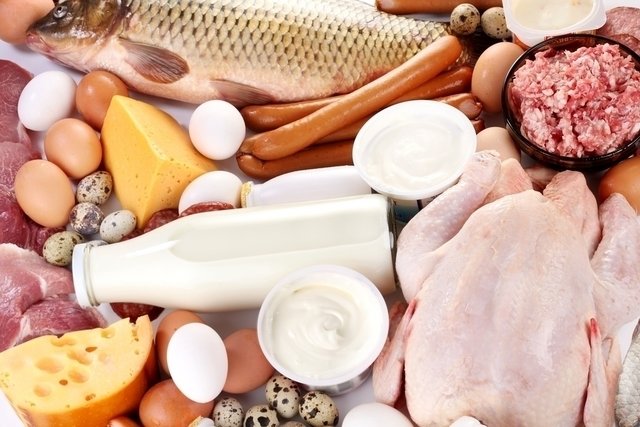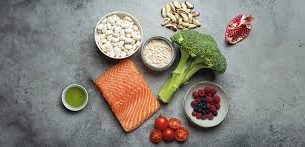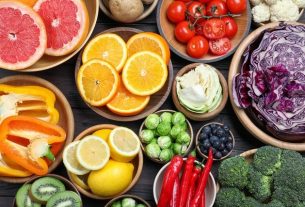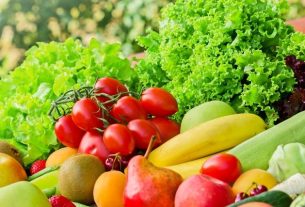The Atkins diet, also known as the protein diet, was created by American cardiologist Dr. Robert Atkins, and is based on restricting carbohydrate consumption and increasing protein and fat consumption throughout the day.
According to the doctor, with this strategy the body starts to use accumulated fat to produce energy for cells, which leads to weight loss and better control of blood glucose and cholesterol and triglyceride levels in the blood.
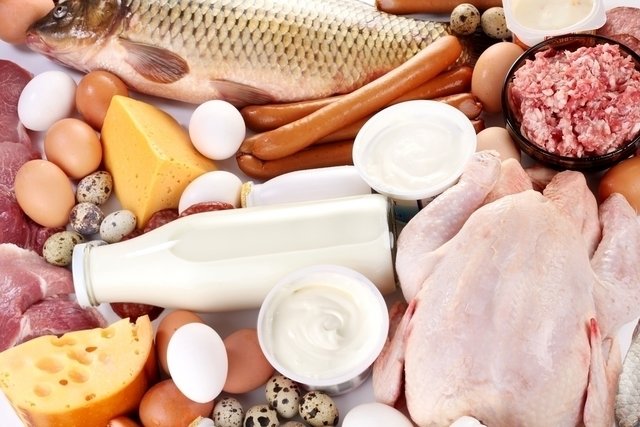
Allowed foods
The foods allowed on the Atkins diet are those that do not have carbohydrates or that have a very low amount of this nutrient, such as eggs, meat, fish, chicken, cheese, butter, olive oil, nuts and seeds, for example.
In this diet, daily carbohydrate consumption varies according to the phases of the weight loss process, starting with just 20 g per day. Carbohydrates are present, especially, in foods such as bread, pasta, rice, cookies, vegetables and fruits, for example. See the complete list of foods rich in carbohydrates.
Phases of the Atkins Diet
The Atkins diet is made up of 4 phases, as shown below:
Phase 1: Induction
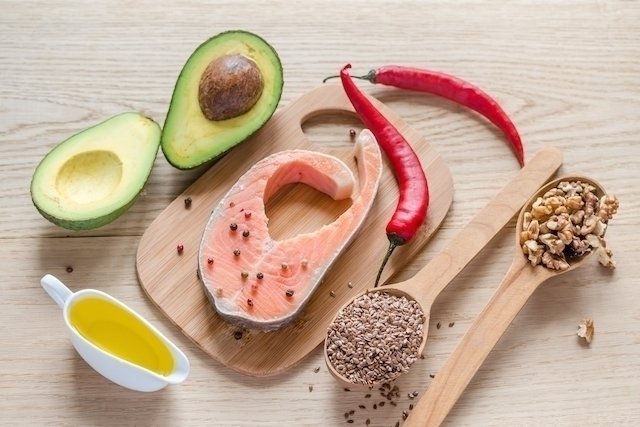
This phase lasts two weeks, with a maximum consumption of just 20 grams of carbohydrates per day allowed. Foods rich in protein, such as meat and eggs, and foods rich in fat, such as olive oil, butter, cheese, coconut milk and vegetables such as lettuce, arugula, turnip, cucumber, cabbage, ginger, endive, radish, mushrooms, chives, parsley, celery and chicory.
During this phase, a more accelerated initial weight loss is expected to occur.
Phase 2 – Continued Weight Loss
In the second phase, it is allowed to consume 40 to 60 grams of carbohydrates per day, with this increase being only 5 grams per week. Phase 2 must be followed until the desired weight is reached, and some fruits and vegetables can be added to the menu.
Therefore, in addition to meat and fats, the following foods can also be included in the diet: mozzarella cheese, ricotta, cottage cheese, blueberries, raspberries, melon, strawberries, almonds, chestnuts, seeds, macadamia nuts, pistachios and walnuts.
Phase 3 – Pre Maintenance
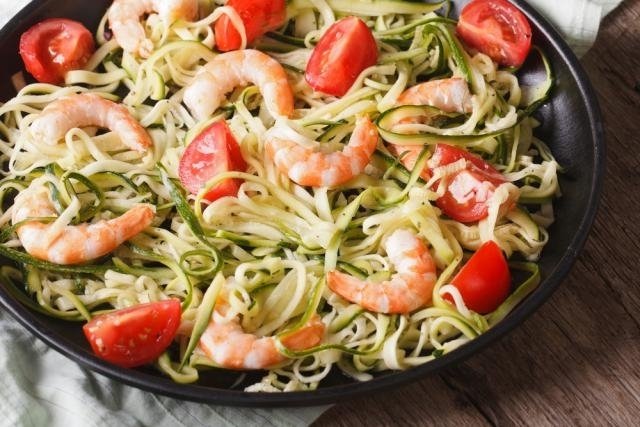
In phase 3, it is allowed to consume up to 70 grams of carbohydrates per day, and it is important to observe whether or not weight gain occurs during this period. If you notice an increase in weight when consuming 70 g of carbohydrates per day, you should reduce this amount to 65 g or 60 g, for example, until you find your body’s balance point, when you can move on to phase 4.
The following foods can be introduced at this stage: pumpkin, carrots, potatoes, sweet potatoes, yams, cassava, beans, chickpeas, lentils, oats, oat bran, rice and fruits such as apples, bananas, cherries, grapes , kiwi, guava, mango, peach, plum and watermelon.
Phase 4 – Maintenance
The amount of carbohydrate to be consumed will be that which keeps the weight stable, which was discovered in phase 3 of the process. At this stage, the diet has already become a lifestyle, which must always be followed to maintain good weight and health.
Atkins diet menu
The following table provides an example of a menu for each phase of the diet:
It is important to remember that every diet must be monitored by a health professional, such as a nutritionist, so as not to harm your health.
Watch the following video and also see how to follow the Low Carb diet to lose weight:

Sign up for our newsletter and stay up to date with exclusive news
that can transform your routine!
Warning: Undefined array key "title" in /home/storelat/public_html/wp-content/plugins/link-whisper-premium/templates/frontend/related-posts.php on line 12
Warning: Undefined array key "title_tag" in /home/storelat/public_html/wp-content/plugins/link-whisper-premium/templates/frontend/related-posts.php on line 13

